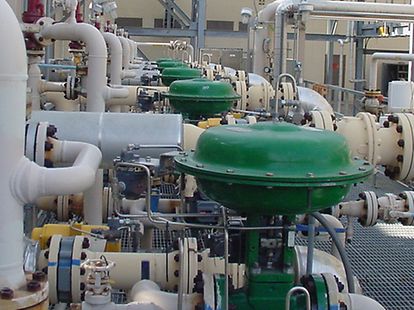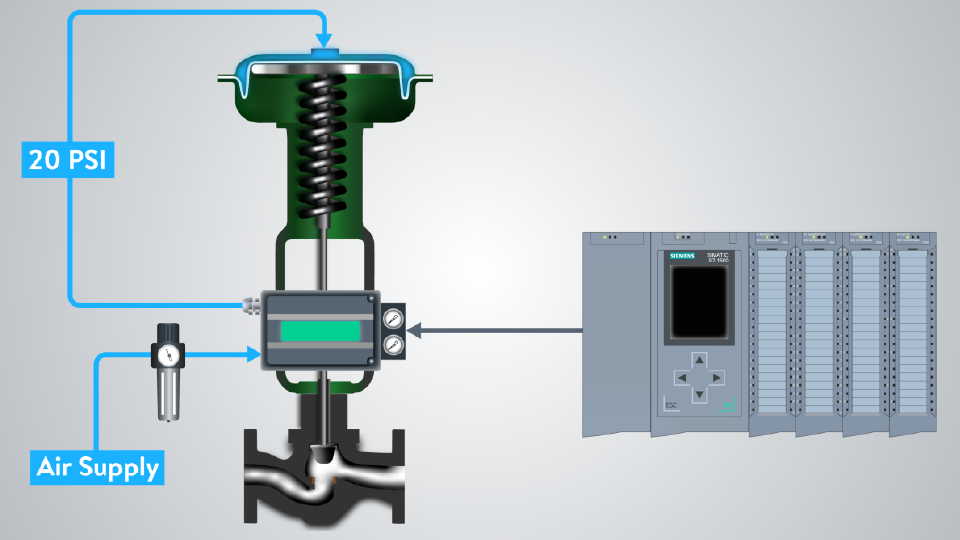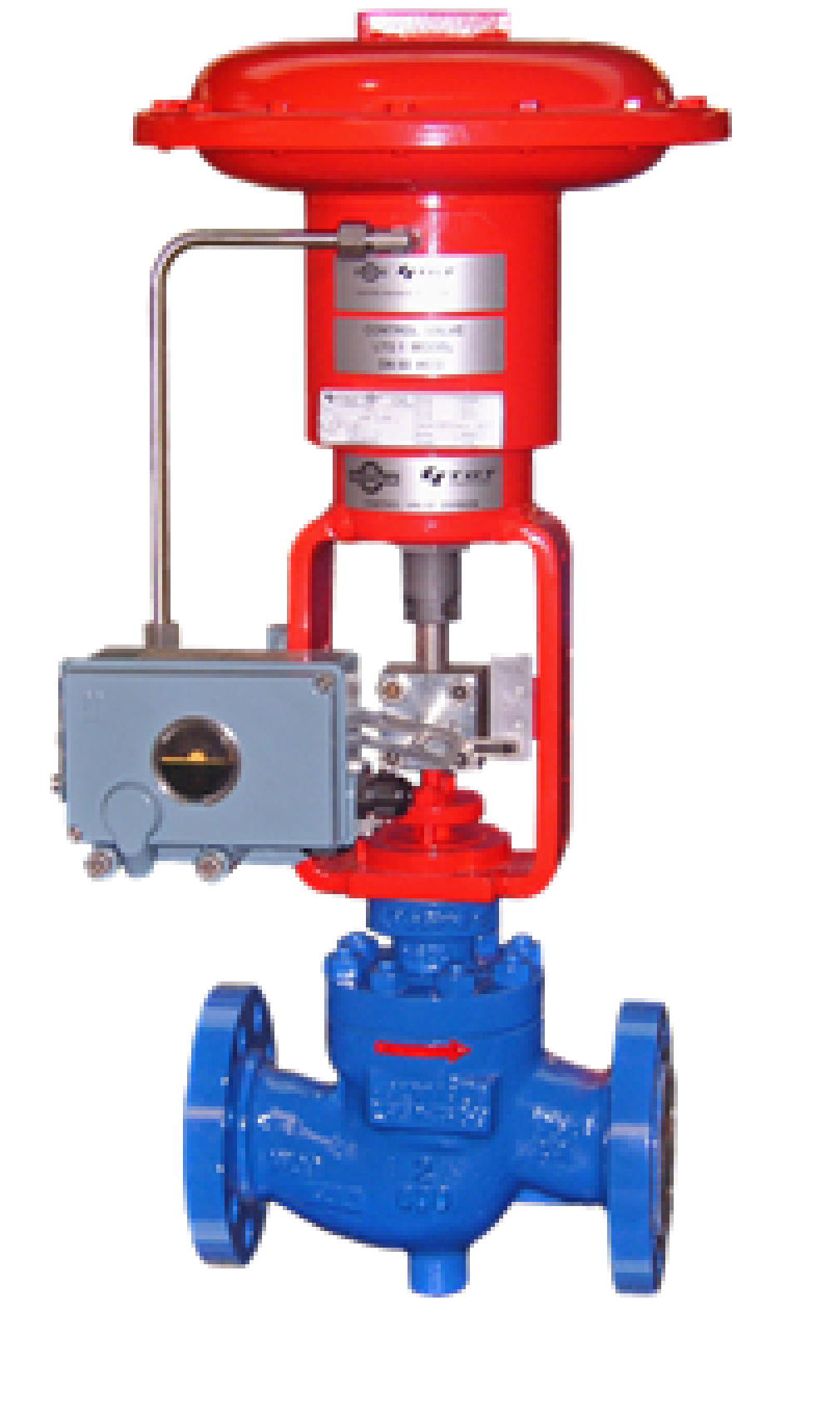Discovering the Capability of Modern Control Valves in Industrial Applications
Discovering the Capability of Modern Control Valves in Industrial Applications
Blog Article
Achieve Seamless Combination and Control With Quality Building Automation Controls
In the realm of contemporary building administration, the importance of top quality building automation controls can not be overemphasized. Accepting top quality building automation controls is not just a matter of benefit however a strategic critical for companies intending to maximize their centers' efficiency and sustainability.

Development of Structure Automation Controls
Throughout the past couple of decades, the advancement of constructing automation controls has actually considerably transformed the means buildings are managed and run. Constructing automation systems mainly focused on fundamental features such as regulating home heating, ventilation, and air conditioning (HEATING AND COOLING) systems. As innovation progressed, these controls have actually become a lot more innovative, permitting for a wider array of structure systems to be integrated and managed centrally.
The development of building automation controls has actually seen a change towards even more smart systems that can adjust to transforming problems in real-time. This adaptability is critical for maximizing power efficiency and ensuring passenger convenience. Furthermore, modern-day building automation controls now offer features such as anticipating upkeep, remote surveillance, and information analytics, making it possible for facility managers to make data-driven decisions to improve building performance.

Benefits of High Quality Assimilation
The advancement in building automation regulates towards more intelligent systems has emphasized the significant benefits of quality integration in enhancing structure procedures and boosting total efficiency. Quality combination of developing automation controls uses numerous key advantages. First of all, it causes boosted energy performance by permitting different systems to interact effortlessly, ensuring optimal performance and lowering power waste. Quality integration boosts passenger comfort and performance by making it possible for individualized control over ecological settings like illumination, air, and temperature quality. This customization can result in an extra comfortable and helpful working or living environment. Furthermore, quality assimilation streamlines maintenance and fixing processes, as all systems are adjoined and can be checked and managed from a central interface. This central control likewise gives much better presence and understandings into building efficiency, making it possible for proactive maintenance and optimization approaches. In general, the advantages of top quality combination in structure automation controls are obvious, providing enhanced performance, convenience, and functional efficiency.
Boosted User Experience and Availability
Enhancing user communication with structure automation regulates via intuitive design and enhanced accessibility elevates the overall experience for residents and facility managers alike. By concentrating on customer experience, developing why not try this out automation systems can become more user-friendly and reliable. Intuitive interfaces, clear navigating, and adjustable settings encourage individuals to connect with the controls conveniently and effectively.
Ease of access features play an important function in ensuring that all people, including those with disabilities, can use the building automation manages with simplicity. Including attributes such as voice commands, responsive buttons, and color-contrasted screens can improve ease of access and make the controls more comprehensive.
In addition, boosted individual experience leads More about the author to greater user fulfillment, enhanced performance, and much better decision-making. Occupants can adjust ecological settings according to their choices, while center supervisors can effectively monitor and handle building systems - control valves. On the whole, prioritizing individual experience and ease of access in building automation manages adds to a more smooth and efficient building setting for all stakeholders included
Lasting Practices Through Automation

Moreover, automation can assist in the integration of sustainable energy resources such as solar panels or wind generators right into building operations. Through automation, buildings can align with contemporary sustainability objectives and add to a greener future.
Future Trends in Structure Control Equipment
In expectancy of progressing technologies and developing sustainability methods, the trajectory of building control systems is poised to embrace cutting-edge remedies and transformative strategies. One noticeable trend shaping the future of building control systems is the boosted combination of Expert system (AI) and machine discovering. These innovations allow buildings to adapt in real-time to transforming problems, maximizing energy consumption and boosting comfort for passengers. Furthermore, the Internet of Points (IoT) is changing building control systems by linking sensors and tools you can try these out to simplify procedures and improve effectiveness.
One more vital pattern is the emphasis on cybersecurity steps to shield against potential threats to developing automation systems. As structures end up being more interconnected, making certain robust cybersecurity procedures will certainly be vital to secure sensitive data and stop unapproved access.
In addition, the shift towards cloud-based systems is obtaining momentum, enabling systematized control and remote access to building systems. This helps with less complicated tracking, maintenance, and updates, improving the total efficiency and flexibility of building control systems. As innovation remains to breakthrough, these patterns are expected to form the future landscape of building automation controls, driving advancement and sustainability in the built setting.
Verdict
Future trends in structure control systems are likely to focus on further enhancing automation capacities for enhanced energy performance and total efficiency. It is necessary for building proprietors and operators to prioritize the fostering of high quality building automation regulates to enhance structure operations and attain long-lasting sustainability objectives.
In the world of contemporary building administration, the importance of quality structure automation controls can not be overemphasized. In general, the development of building automation controls proceeds to drive development in the structure monitoring industry, offering brand-new possibilities for developing smarter and much more lasting buildings.
The innovation in building automation manages in the direction of even more intelligent systems has actually highlighted the substantial benefits of top quality integration in enhancing structure operations and enhancing total efficiency. In general, prioritizing individual experience and accessibility in structure automation controls adds to a more smooth and productive building atmosphere for all stakeholders involved.
It is vital for building proprietors and drivers to prioritize the adoption of top quality structure automation regulates to optimize structure procedures and attain long-term sustainability objectives. - control valves
Report this page